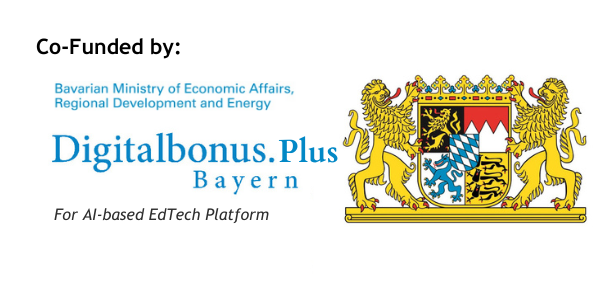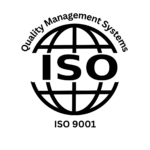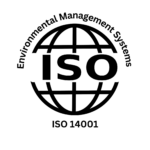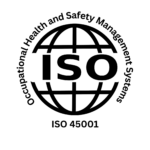Systems Engineering Course

About Course
Welcome to an exciting journey into the world of systems engineering and automotive technology! In this course, we will explore the fundamental principles of systems engineering, delving into the ASPICE V Model and MISRA standards to provide you with a comprehensive understanding of how these frameworks contribute to the development of safe and efficient automotive systems.
We will also dive into the electrifying realm of electric vehicles, where you’ll gain insights into the mechanics of motors and their diverse applications. From the inception of electric propulsion to the modern innovations that power our roads, we’ll uncover the science behind electric vehicle technology.
And don’t worry if these topics seem complex at first glance. We’ll start with a straightforward introduction to AUTOSAR, ensuring you have a solid foundation before we venture deeper into these exciting subjects. So, whether you’re a novice or a seasoned enthusiast, get ready to embark on a learning journey that will empower you with the knowledge to navigate the evolving landscape of systems engineering and electric vehicle technology. Let’s get started!
So, whether you’re aiming to enhance your knowledge for career growth or simply have a keen interest in automotive technology, get ready to explore the fundamentals of systems engineering, electric vehicles, and AUTOSAR in an engaging and informative manner.
Course Content
Systems Engineering
- 05:53
Systems Engineering Course – Systems Thinking
10:13Systems Engineering Course – Systems Model and Engineering
07:50Systems Engineering Course – Types of System models
07:37Systems Engineering Course – Architecture and Design
06:09Systems Engineering Concept to Product
13:04Systems Engineering Course – SysML
07:11Systems Engineering real world examples
12:38Systems Engineering Course – Toaster Example
13:29Systems Engineering Course – Traceability
12:28
Frameworks relevant for Systems Engineering
Tools used in Systems Engineering
ISO 26262 topics
All about ASPICE
Receive a certificate
Add this certificate to your resume to demonstrate your skills & increase your chances of getting noticed.

Student Ratings & Reviews








